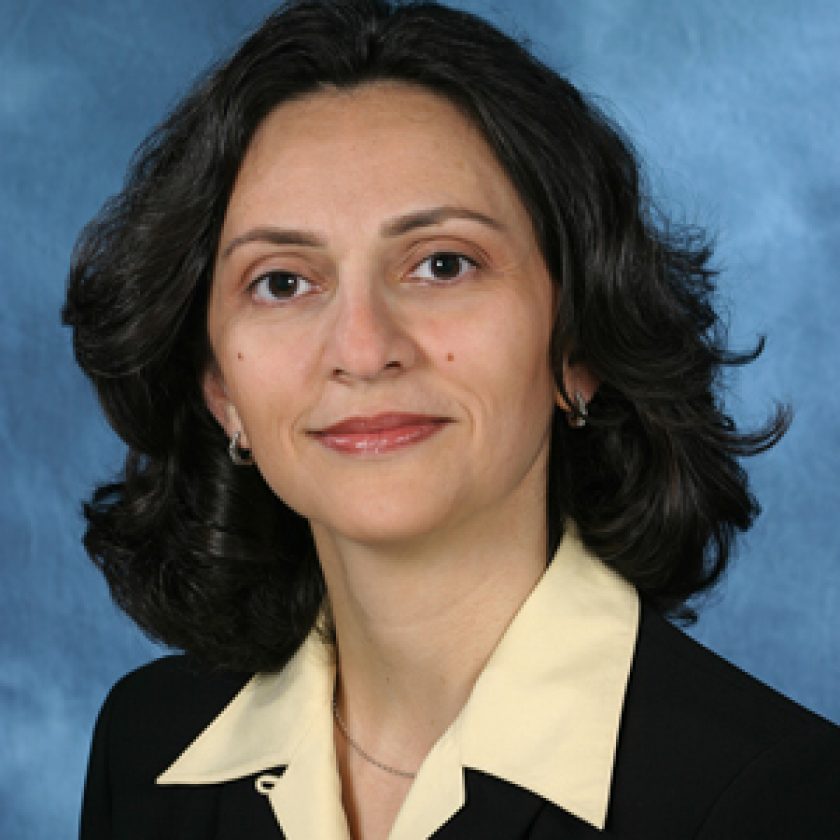Abstract
Quantifying stores of fresh water is of ever-increasing importance because of the rapid increase in world population while the relatively small supplies of fresh water remain fixed at best. With evident changes in the global climate, water-related issues have been identified by the intelligence community as an important factor in the US world-wide threat assessment. The first order of business is to know where and how much water there is (and where there is not). Only then will it be possible to predict the future trends in water availability and to develop adaptation strategies. The principle of microwave remote sensing has long been established as a means to quantify water resources because of the strong dependence of electromagnetic scattering in the microwave regime to the presence of water. Much of the environmental sensing work in our group has been motivated and designed based on the above recognition. But numerous technical challenges remain in developing an affordable and capable water observing system. This talk starts by a brief description of some of the critical problems in the remote sensing of water resources today, and discusses how our research addresses several components of these problems by developing new spaceborne and airborne radar sensor technologies, as well as in-situ sensor networks. A major focus of the talk will be on the opportunistic and shared use of the microwave spectrum for devising novel water sensing systems. The emerging research for mapping profiles of soil water content (‘soil moisture’), variations in permafrost properties in the arctic and boreal regions, and ground water in arid/semiarid environments are discussed.
Biography
Mahta Moghaddam is professor of electrical engineering at the University of Southern California (USC) Ming Hsieh Department of Electrical Engineering, as well as the vice dean for research of Viterbi School of Engineering for academic year 2016-2017. Until 2011, she was on the faculty at the University of Michigan. She received her Ph.D. degree in electrical and computer engineering from the University of Illinois, Urbana, in 1991. From 1991 to 2003, she was with the Jet Propulsion Laboratory (JPL), Pasadena, California. During the past ~25 years of active involvement in environmental remote sensing, Moghaddam has introduced new approaches for quantitative interpretation of synthetic aperture radar imagery. Her most recent contributions include the development of new radar measurement technologies for subsurface and subcanopy characterization, development of forward and inverse scattering techniques for layered random media with rough interfaces, developing sensor web technologies for in-situ environmental sensing and transforming concepts of radar remote sensing to high-resolution medical imaging and therapy. She is a member of the NASA Soil Moisture Active and Passive (SMAP) mission Science Team, member of the Arctic-Boreal Vulnerability Experiment (ABoVE) Science Team and the PI for AirMOSS NASA Earth Ventures Suborbital 1 Mission. She is a Fellow of IEEE and the Editor-in-Chief of the IEEE Antennas and Propagation Magazine.


